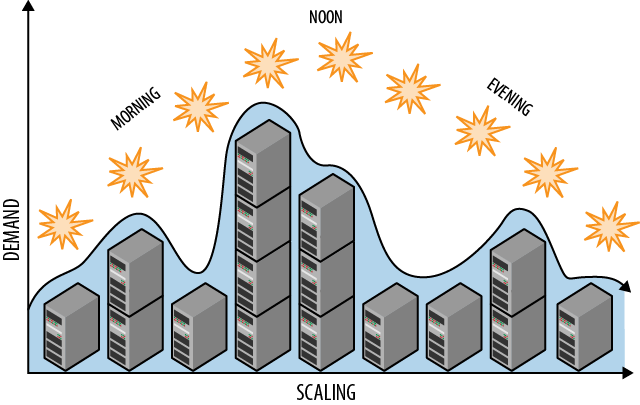I’ve worked on a variety of continuous integration and continuous delivery projects. We frequently use Jenkins as our platform for driving all build, provisioning, and deployment activities. As part of this, we have a lot of fairly complicated jobs in Jenkins that we are constantly modifying. As a version control pundit, one of my goals […]





